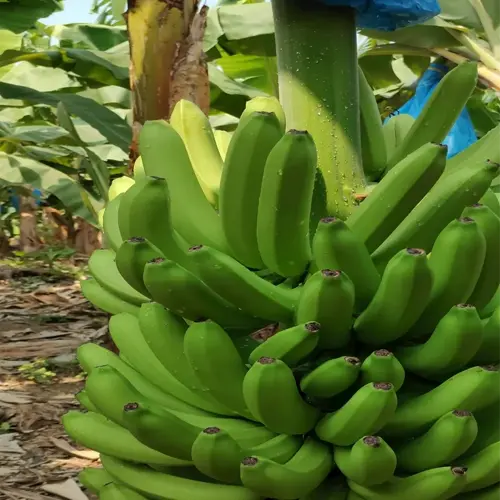Do beet seeds need pre-soaking?

Written by
Kiana Okafor
Reviewed by
Prof. Martin Thorne, Ph.D.Beet seeds benefit from pre-soaking which hastens germination, but only if done properly. I once soaked seeds for a full 36 hours, and they rotted in the cool soil. Now, I only soak a maximum of 12-18 hours in lukewarm water. This long soak is more beneficial for older, troubled seeds. It's often unnecessary for fresh seeds, which typically germinate well on their own.
Soaking Benefits
- Softens seed coat for faster emergence (24-48 hours vs 5-7 days)
- Use water at 68-77°F (20-25°C) for optimal absorption
- Add kelp extract to water for nutrient priming
Alternative Approaches
- Plant unsoaked seeds in consistently moist soil
- Use seed tape for perfect 3-inch spacing
- Pre-germinate on damp paper towels for visual confirmation
Soil temperature is more important to success than soaking. For beet seeds, optimal germination occurs at 50-85°F (10-29°C). I consult a soil thermometer religiously. So, I planted beet seeds at 55°F (13°C) with the seeds soaked overnight in water, and I saw sprouts emerge in five days. Regardless of soaking, cold soil will slow growth.
Thinning plants is still not something that I am willing to compromise on. When plants are started from multigerm seeds, they will become thick clusters, which inhibits root growth. Once the leaves reach about 2 inches, using a pair of nail scissors snip any excess seedlings back. I like to do this in stages, removing the weakest ones first as over time, the remaining beets have room to swell without competition.
Unsuspected frosts can test the guides of soaked seeds. Last spring, I had another late freeze, which killed my prematurely soaked seedlings. After that, I waited for the season and observed soil temperatures stabilize above 50°F (10°C). Row covers are better protection for tender covers from temperature swings than the positives of soaking your seeds.
Read the full article: How to Grow Beets: Expert Tips for Sweet Roots & Vibrant Greens

